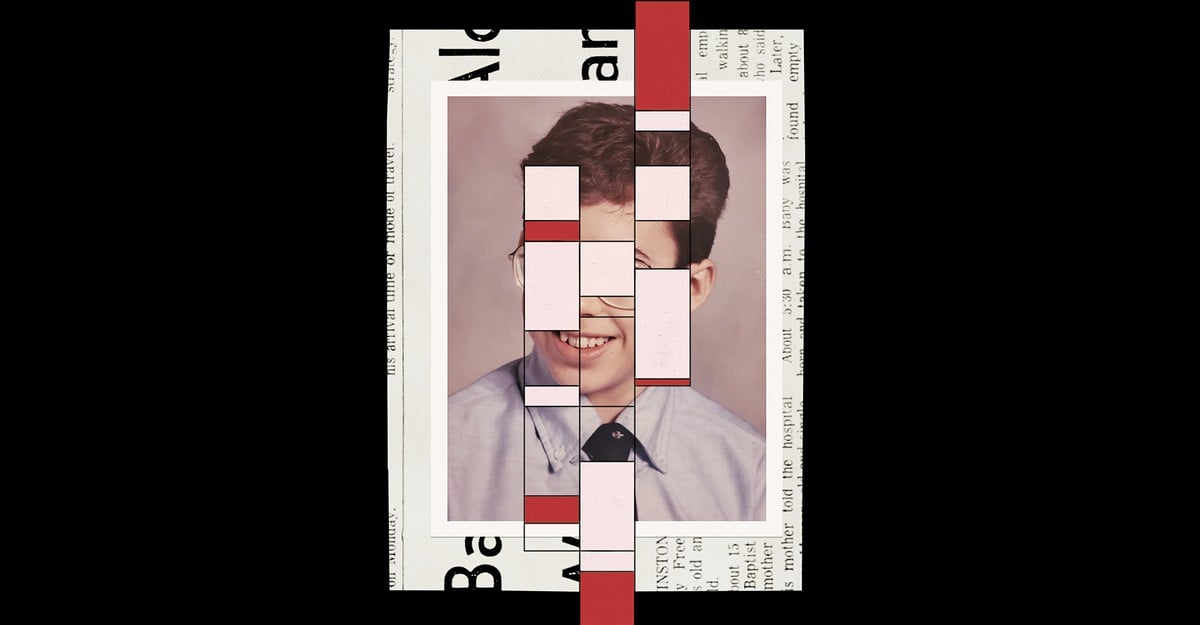The geneticist Jim Wilson, at the University of Edinburgh, was shocked by the frequency he found in the U.K. Biobank, an anonymized research database: One in 7,000 people, according to his unpublished analysis, was born to parents who were first-degree relatives—a brother and a sister or a parent and a child. “That’s way, way more than I think many people would ever imagine,” he told me. And this number is just a floor: It reflects only the cases that resulted in pregnancy, that did not end in miscarriage or abortion, and that led to the birth of a child who grew into an adult who volunteered for a research study.
Most of the people affected may never know about their parentage, but these days, many are stumbling into the truth after AncestryDNA and 23andMe tests.



While I agree with you in principle, I actually do think that 1/7k is unexpectedly high. If 1/10k people had an incestuous relationship, that would be low enough that I wouldn’t find it surprising. This study, if we take it to be cross-sectional, implies that the rate of incidence is much higher, at least on the order of 1/1k, possibly something around 1%. I don’t know the frequency that people of incestuous individuals have a child as a result, but the idea of it being higher than 1/7 strikes me as unlikely. Of course, multiple children can result from a pairing, so that has the potential to sway the numbers, but I’d hope that incestuous individuals are less likely to desire children from the relationship, and as a result would take a pregnancy as a sign to stop.